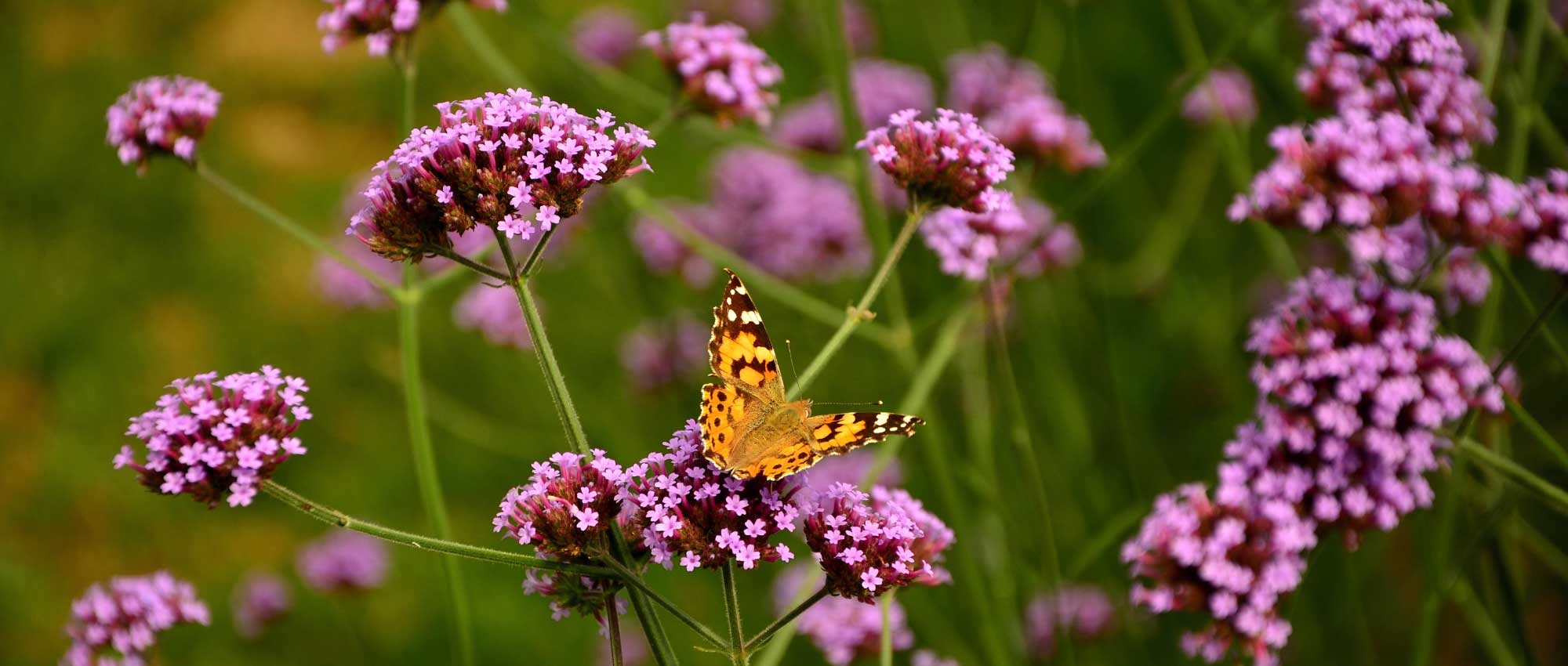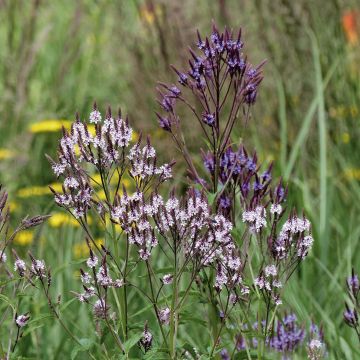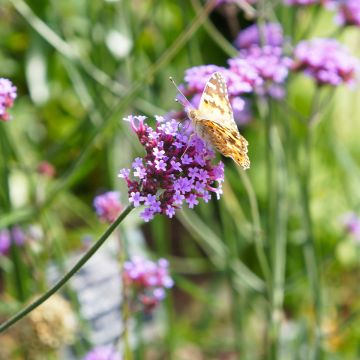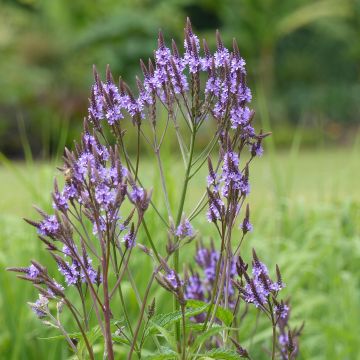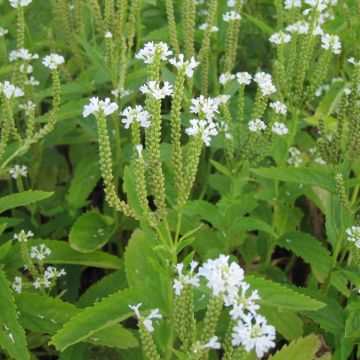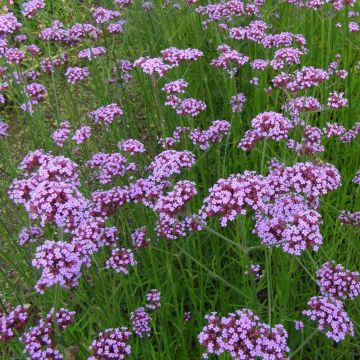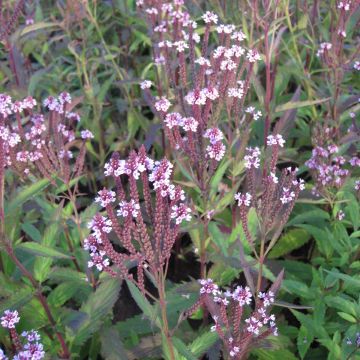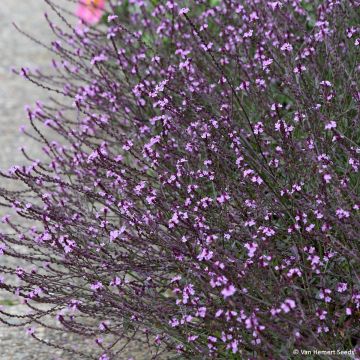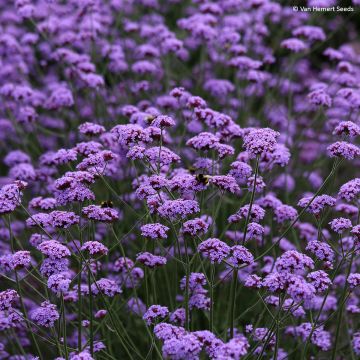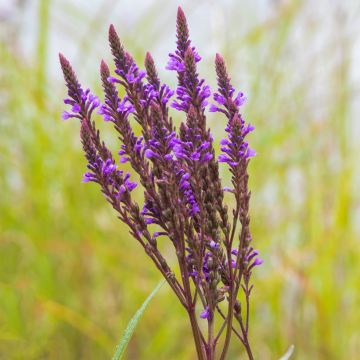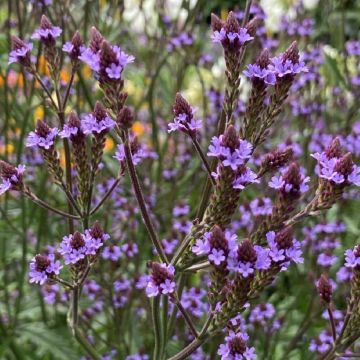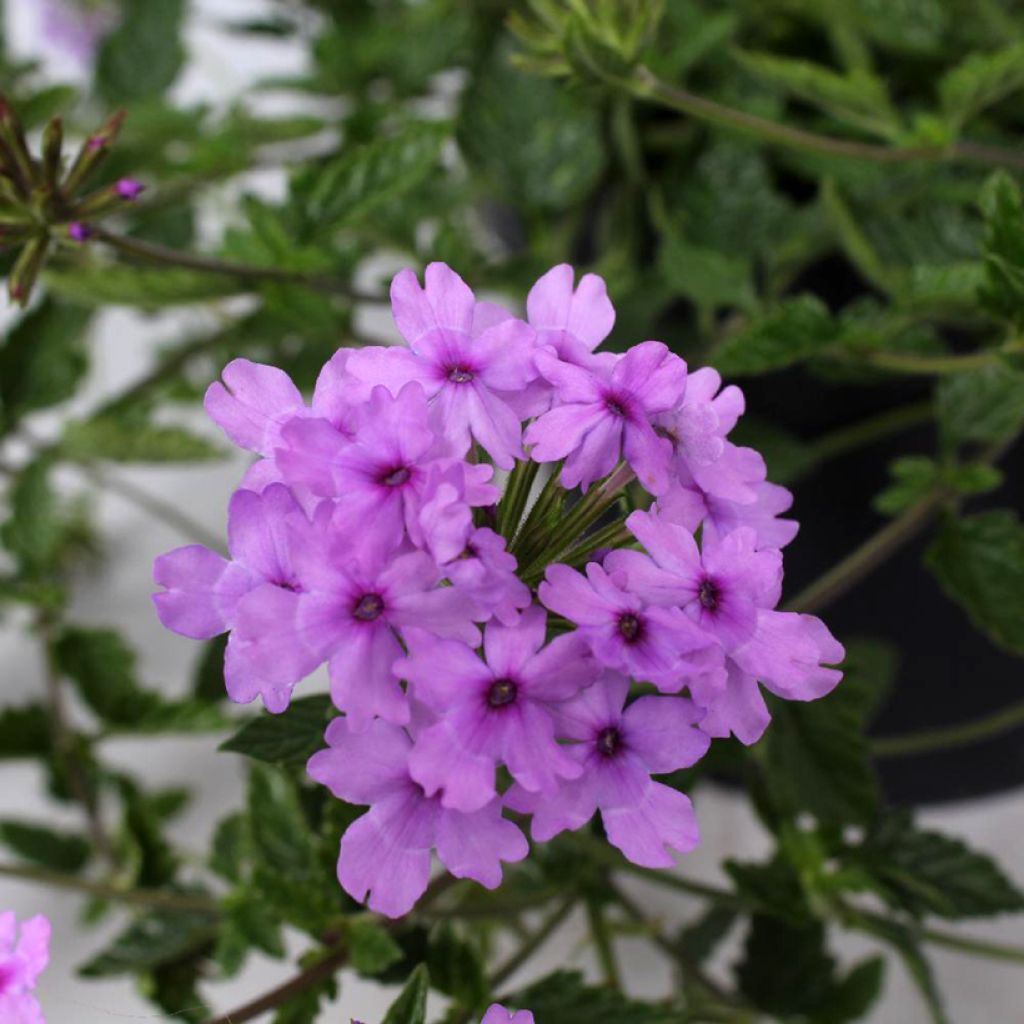

Glandularia Seabrook's Lavender - Florist's Verbena
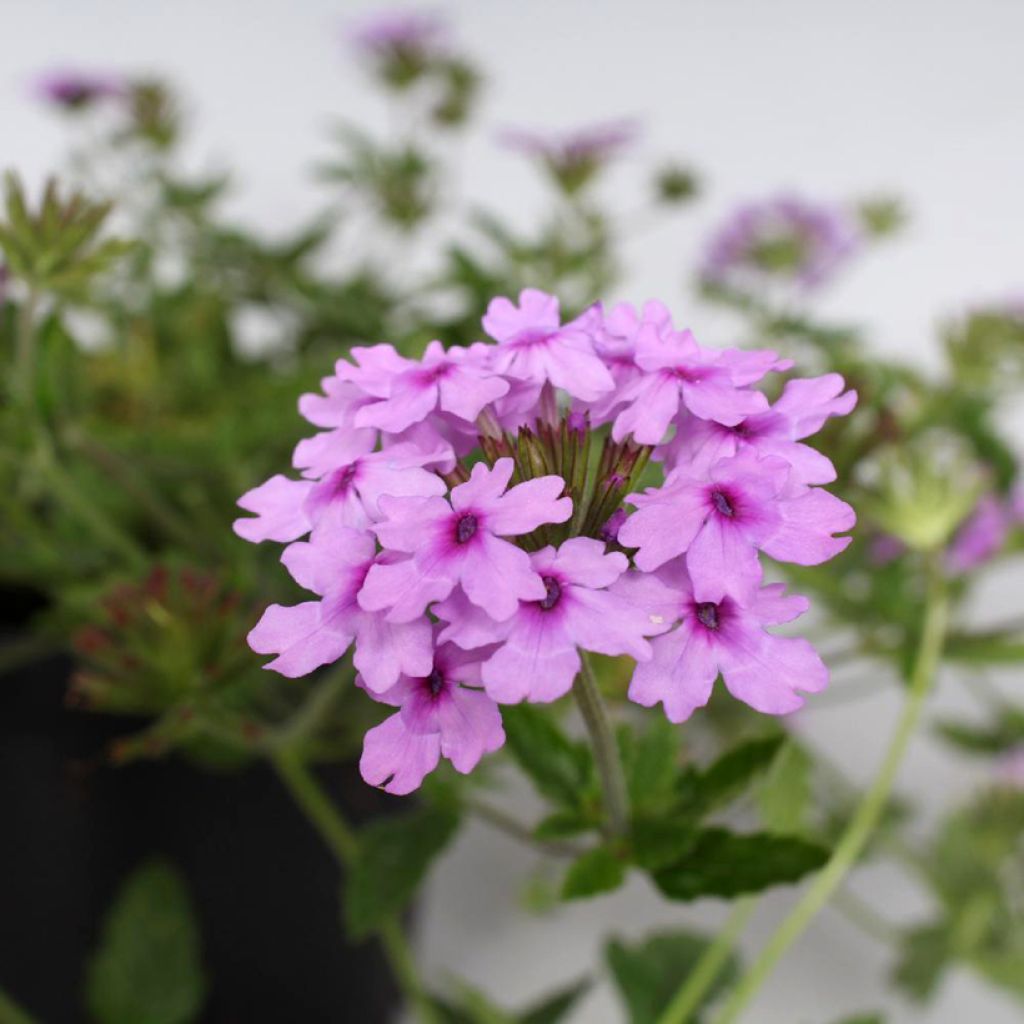

Glandularia Seabrook's Lavender - Florist's Verbena
Glandularia Seabrook's Lavender - Florist's Verbena
Glandularia hybrida Seabrook's Lavender
Florist's Verbena
Special offer!
Receive a €20 voucher for any order over €90 (excluding delivery costs, credit notes, and plastic-free options)!
1- Add your favorite plants to your cart.
2- Once you have reached €90, confirm your order (you can even choose the delivery date!).
3- As soon as your order is shipped, you will receive an email containing your voucher code, valid for 3 months (90 days).
Your voucher is unique and can only be used once, for any order with a minimum value of €20, excluding delivery costs.
Can be combined with other current offers, non-divisible and non-refundable.
Home or relay delivery (depending on size and destination)
Schedule delivery date,
and select date in basket
This plant carries a 6 months recovery warranty
More information
We guarantee the quality of our plants for a full growing cycle, and will replace at our expense any plant that fails to recover under normal climatic and planting conditions.
Does this plant fit my garden?
Set up your Plantfit profile →
Description
Glandularia 'Seabrook's Lavender', also marketed as 'Sealav', is a perennial and frost-tender plant, grown as an annual. After planting, it quickly forms a bushy and creeping clump of light green foliage, which is soon covered with umbels of lavender-pink flowers with dark centres, that are also fragrant. It is best planted in full sun in pots and hanging baskets, or in summer borders. Even though it only lasts one year, it is a generous and undemanding plant that tolerates drought, watering neglect, and poor soils.
Glandularia 'Seabrook's Lavender' belongs to the Verbenaceae family and is a horticultural hybrid whose ancestors inhabited the hot regions of South America. This plant forms a compact and trailing clump, reaching a height of 40 cm (16in) and spreading about 50 cm (20in). It tirelessly produces upright and gracefully trailing stems, which lengthen as dense clusters of tiny lavender-pink flowers with dark centres bloom, resembling phlox flowers. This perennial plant succumbs to frost, so it is grown as an annual in our climate.
Garden verbenas are plants for somewhat neglectful or absent gardeners rather than meticulous gardeners. They suffer from excessive watering or feeding, but not from occasional watering neglect. They are superb annuals for hanging baskets or for filling in between various perennial plants in containers or borders, thanks to their trailing and upright habit. Their fragrant flowers are very decorative. In pots, combine them with other annuals such as morning glories, pelargoniums, and scaevola, along with carex grasses.
Note: Please be aware that our plug plants are products intended for experienced gardeners: upon receipt, transplant and store them in a sheltered location (veranda, greenhouse, cold frame...) at a temperature above 14°C (57.2°F) for a few weeks before being planted outdoors once all risk of frost has passed.
Glandularia Seabrook's Lavender - Florist's Verbena in pictures
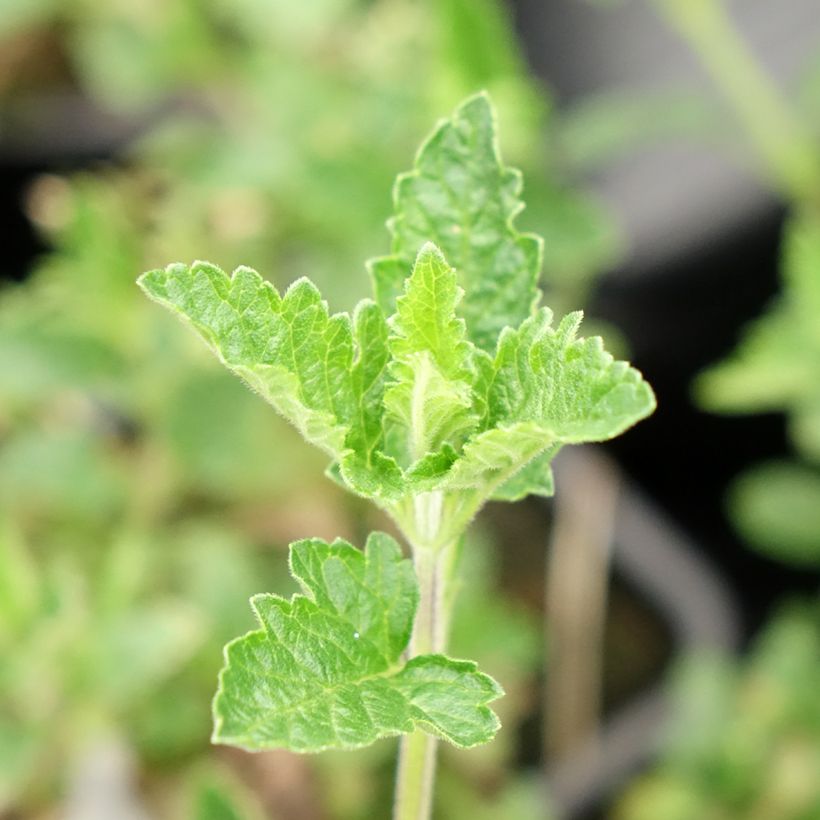

Flowering
Foliage
Plant habit
Botanical data
Glandularia
hybrida
Seabrook's Lavender
Verbenaceae
Florist's Verbena
Cultivar or hybrid
Other Verbena - Vervain
View all →Planting and care
Plant your Glandularia in a sunny position. They need light and humus-bearing soil and appreciate a moderate supply of fertiliser and water. They tolerate rather dry soil quite well. You can plant your Glandularia in a pot, in hanging baskets or in other containers. In pots, they should be watered regularly, but not excessively, allowing the surface to dry between two waterings. They are usually grown as annuals, but they are actually delicate perennials: by bringing them indoors at the first frost, you can extend their flowering during autumn and winter. Outdoor cultivation is possible by the seaside, with good winter mulching and protecting the crown from moisture with plastic. Prune lightly in March.
Planting period
Intended location
Care
Planting & care advice
This item has not been reviewed yet - be the first to leave a review about it.
Haven't found what you were looking for?
Hardiness is the lowest winter temperature a plant can endure without suffering serious damage or even dying. However, hardiness is affected by location (a sheltered area, such as a patio), protection (winter cover) and soil type (hardiness is improved by well-drained soil).

Photo Sharing Terms & Conditions
In order to encourage gardeners to interact and share their experiences, Promesse de fleurs offers various media enabling content to be uploaded onto its Site - in particular via the ‘Photo sharing’ module.
The User agrees to refrain from:
- Posting any content that is illegal, prejudicial, insulting, racist, inciteful to hatred, revisionist, contrary to public decency, that infringes on privacy or on the privacy rights of third parties, in particular the publicity rights of persons and goods, intellectual property rights, or the right to privacy.
- Submitting content on behalf of a third party;
- Impersonate the identity of a third party and/or publish any personal information about a third party;
In general, the User undertakes to refrain from any unethical behaviour.
All Content (in particular text, comments, files, images, photos, videos, creative works, etc.), which may be subject to property or intellectual property rights, image or other private rights, shall remain the property of the User, subject to the limited rights granted by the terms of the licence granted by Promesse de fleurs as stated below. Users are at liberty to publish or not to publish such Content on the Site, notably via the ‘Photo Sharing’ facility, and accept that this Content shall be made public and freely accessible, notably on the Internet.
Users further acknowledge, undertake to have ,and guarantee that they hold all necessary rights and permissions to publish such material on the Site, in particular with regard to the legislation in force pertaining to any privacy, property, intellectual property, image, or contractual rights, or rights of any other nature. By publishing such Content on the Site, Users acknowledge accepting full liability as publishers of the Content within the meaning of the law, and grant Promesse de fleurs, free of charge, an inclusive, worldwide licence for the said Content for the entire duration of its publication, including all reproduction, representation, up/downloading, displaying, performing, transmission, and storage rights.
Users also grant permission for their name to be linked to the Content and accept that this link may not always be made available.
By engaging in posting material, Users consent to their Content becoming automatically accessible on the Internet, in particular on other sites and/or blogs and/or web pages of the Promesse de fleurs site, including in particular social pages and the Promesse de fleurs catalogue.
Users may secure the removal of entrusted content free of charge by issuing a simple request via our contact form.
The flowering period indicated on our website applies to countries and regions located in USDA zone 8 (France, the United Kingdom, Ireland, the Netherlands, etc.)
It will vary according to where you live:
- In zones 9 to 10 (Italy, Spain, Greece, etc.), flowering will occur about 2 to 4 weeks earlier.
- In zones 6 to 7 (Germany, Poland, Slovenia, and lower mountainous regions), flowering will be delayed by 2 to 3 weeks.
- In zone 5 (Central Europe, Scandinavia), blooming will be delayed by 3 to 5 weeks.
In temperate climates, pruning of spring-flowering shrubs (forsythia, spireas, etc.) should be done just after flowering.
Pruning of summer-flowering shrubs (Indian Lilac, Perovskia, etc.) can be done in winter or spring.
In cold regions as well as with frost-sensitive plants, avoid pruning too early when severe frosts may still occur.
The planting period indicated on our website applies to countries and regions located in USDA zone 8 (France, United Kingdom, Ireland, Netherlands).
It will vary according to where you live:
- In Mediterranean zones (Marseille, Madrid, Milan, etc.), autumn and winter are the best planting periods.
- In continental zones (Strasbourg, Munich, Vienna, etc.), delay planting by 2 to 3 weeks in spring and bring it forward by 2 to 4 weeks in autumn.
- In mountainous regions (the Alps, Pyrenees, Carpathians, etc.), it is best to plant in late spring (May-June) or late summer (August-September).
The harvesting period indicated on our website applies to countries and regions in USDA zone 8 (France, England, Ireland, the Netherlands).
In colder areas (Scandinavia, Poland, Austria...) fruit and vegetable harvests are likely to be delayed by 3-4 weeks.
In warmer areas (Italy, Spain, Greece, etc.), harvesting will probably take place earlier, depending on weather conditions.
The sowing periods indicated on our website apply to countries and regions within USDA Zone 8 (France, UK, Ireland, Netherlands).
In colder areas (Scandinavia, Poland, Austria...), delay any outdoor sowing by 3-4 weeks, or sow under glass.
In warmer climes (Italy, Spain, Greece, etc.), bring outdoor sowing forward by a few weeks.






























